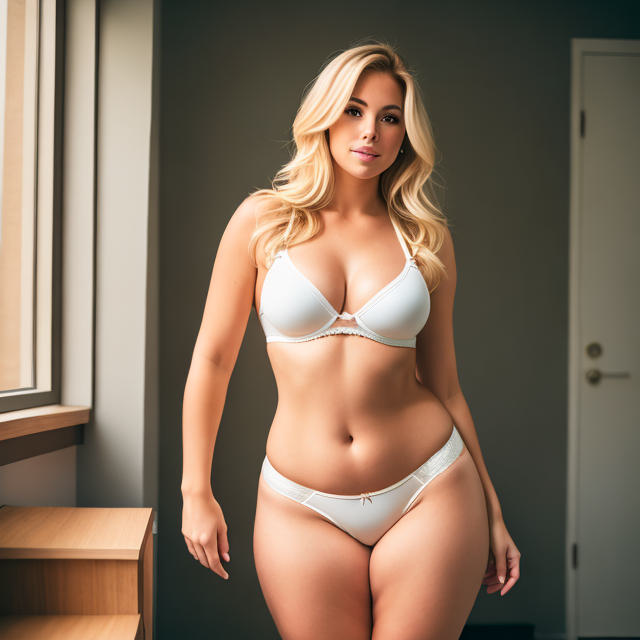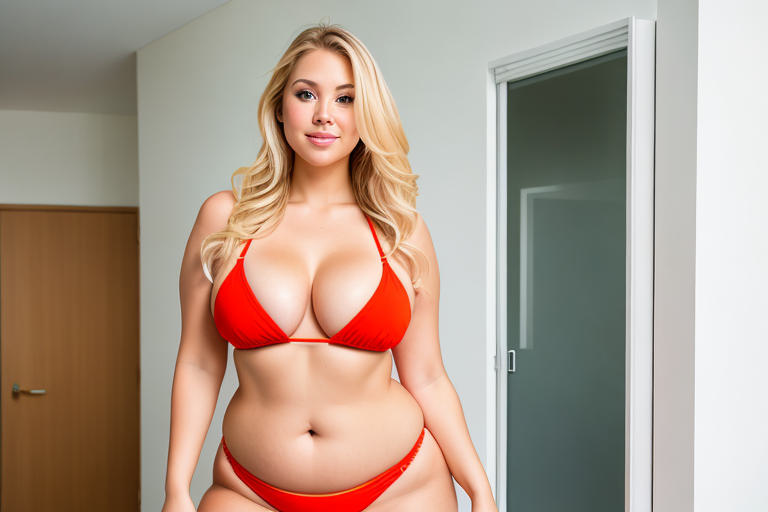5 Things to Know About Rapid Recovery and Surgical Bra After Breast Augmentation Surgery
Posted on: July 6, 2023

At the Milwaukee Liposuction Specialty Clinic, we understand that a successful breast augmentation surgery relies on both the skill of the surgeon and the patient’s anatomy. We are dedicated to providing our patients with the best possible care, and we strive to ensure that every procedure is performed safely and effectively.
Breast implants bottoming out repair is a surgical technique used to correct when an implant has descended too far on the chest or when one nipple appears higher than the other. This occurs when an implant is too large or heavy for the patient’s skin elasticity, which causes it to slowly descend on the chest. There are various surgical techniques available to correct this issue, such as capsulorraphy techniques, internal suturing techniques, and acellular dermal matrix (ADM) technique. Additionally, there is a phenomenon called “double bubble” which occurs when the implant drops below the crease of the breast, creating a second crease in the implant. In these cases, an ADM may be used.
At Milwaukee Liposuction Specialty Clinic, our experienced surgeons will discuss all available options with you before performing any surgery. We also provide rapid recovery protocols and post-operative care instructions for our patients as well as surgical bras after breast augmentation surgery. Our team of professionals will work closely with you to ensure that your experience is as safe and comfortable as possible.
Anatomy and Implants
The anatomy of the chest wall is important to consider when undergoing breast augmentation surgery, as it can play a role in how successful the procedure is. In order for the implants to remain in place, there needs to be sufficient skin elasticity. If the implant is too large or heavy for the patient’s skin elasticity, it can cause the implant to slowly descend on the chest or the nipple to appear higher on the implant than initially.
Types of Implants Used in Breast Augmentation
When considering breast augmentation surgery, patients have two main types of implants to choose from: saline-filled and silicone-filled. Saline-filled implants are filled with a sterile saltwater solution, while silicone-filled implants are filled with a gel-like substance made of silicone. Both types come in various shapes and sizes, so patients can choose an implant that best suits their body type and desired outcome.
Factors That Contribute To Bottoming Out
There are several factors that can contribute to bottoming out of saline or silicone breast implants, including age, weight gain or loss, smoking habits, and genetics. Additionally, if the surgical technique used during breast augmentation was not performed correctly or if too much pressure was applied during implant placement, this can also lead to bottoming out. It is important for patients to discuss these factors with their surgeon prior to undergoing surgery so they can determine which implant size and type will be most suitable for their anatomy.
In some cases, a phenomenon known as “double bubble” occurs when the implant drops below the crease of the breast, creating a second crease in the implant. This is usually caused by poor placement of the implant pocket during surgery or due to thinning of skin elasticity over time. In these cases, an acellular dermal matrix (ADM) may be used in order to support the bottom of the breast pocket and prevent further descent of the implant.
Breast augmentation surgery involves choosing the right
implant size
and type, considering factors such as age, weight, smoking habits and genetics that can lead to bottoming out. ADM may be used to support the bottom of the breast pocket.
Surgical Techniques
When it comes to repairing breast implants that have bottomed out, there are several surgical techniques that can be used. The most commonly used technique is capsulorraphy, which involves tightening the capsule of scar tissue around the implant to prevent further descent. Internal suturing techniques, such as the use of quilting sutures, may also be employed to reduce movement and help keep the implant in place.
Capsulorraphy Techniques
Capsulorraphy is a surgical technique that involves reinforcing or tightening the capsule of scar tissue surrounding the implant to prevent further descent. During this procedure, the surgeon will make an incision in the skin near the breast implant and then use absorbable sutures to tighten and reinforce the capsule of scar tissue surrounding the implant. This helps to reduce movement and keep the implant in place. Additionally, some surgeons may opt to remove excess capsule tissue or add additional support material to reinforce the capsule for extra stability.
Internal Suturing Techniques
Internal suturing techniques involve using specialized quilting sutures inside the breast pocket to reduce movement and help keep the implant in place. Quilting sutures are designed with loops on each end that are placed into small pockets created by making tiny incisions along either side of the breast pocket. The loops are then tied together at both ends creating a “quilt” pattern that helps hold the implant in place while allowing for natural movement and expansion during physical activity.
Acellular Dermal Matrix Technique
In cases of severe bottoming out where there is a phenomenon called “double bubble” (where an implant drops below the crease of the breast creating a second crease in the implant), an acellular dermal matrix (ADM) may be used. ADM is an artificial material derived from donated human skin cells that can be used as reinforcement material for reconstructive surgery. In this case, ADM would be inserted between layers of existing tissue and muscle and then secured with sutures at various points along its length to create a supportive structure for holding up an implant that has bottomed out due to weakened skin elasticity or other factors related to anatomy or surgical technique.
In conclusion, when it comes to repairing bottomed out implants, there are several surgical techniques available depending on individual patient anatomy and preferences of both patient and surgeon alike. Capsulorraphy techniques involve tightening or reinforcing existing capsule tissue while internal suture techniques use quilting sutures placed inside pockets created by small incisions along either side of a breast pocket for extra stability during physical activity or exercise. In cases of double bubble where an implant has dropped below its original position, an acellular dermal matrix may be inserted between layers of existing tissue for additional support when needed.
|
Technique
|
Description
|
|
Capsulorraphy
|
Tightening or reinforcing existing capsule tissue
|
|
Internal suturing
|
Using quilting sutures placed inside pockets created by small incisions
|
|
Acellular Dermal Matrix (ADM)
|
Artificial material derived from donated human skin cells used as reinforcement material for reconstructive surgery
|
Recovery Period and Aftercare
The recovery period following breast augmentation surgery can vary depending on the individual, but typically lasts between two to three weeks. During this time, it is important to follow your surgeon’s instructions for post-operative care and to avoid strenuous activities or lifting of any kind. Additionally, you may be required to wear a surgical bra for a few weeks following the procedure in order to help support the implants during the healing process.
Common Complications Associated with Breast Augmentation Surgery
While complications are rare, they can occur after breast augmentation surgery. These include infection, capsular contracture (hardening of the scar tissue around the implant), asymmetry (unevenness of the breasts), implant displacement, and nipple numbness or sensitivity. If any of these complications occur, you should contact your surgeon immediately for further evaluation and treatment.
In conclusion, breast augmentation surgery is a safe and effective way to enhance one’s appearance. However, it is important to choose a qualified plastic surgeon who has experience performing this type of procedure as well as an understanding of your anatomy and desired results. Additionally, it is important to follow all post-operative instructions carefully in order to ensure a successful outcome and reduce potential complications.
At the Milwaukee Liposuction Specialty Clinic, we understand that a successful breast augmentation surgery relies on both the surgeon’s skill and the patient’s anatomy. Therefore, our team of experienced surgeons are trained to identify and address any potential issues that can arise during or after the procedure. We offer various surgical techniques to correct bottoming out of saline or silicone breast implants, as well as acellular dermal matrix (ADM) for double bubble cases. Furthermore, we provide rapid recovery protocols and post-operative care instructions for our patients. Our goal is to ensure that all our patients have a safe and successful outcome from their breast augmentation surgery.




